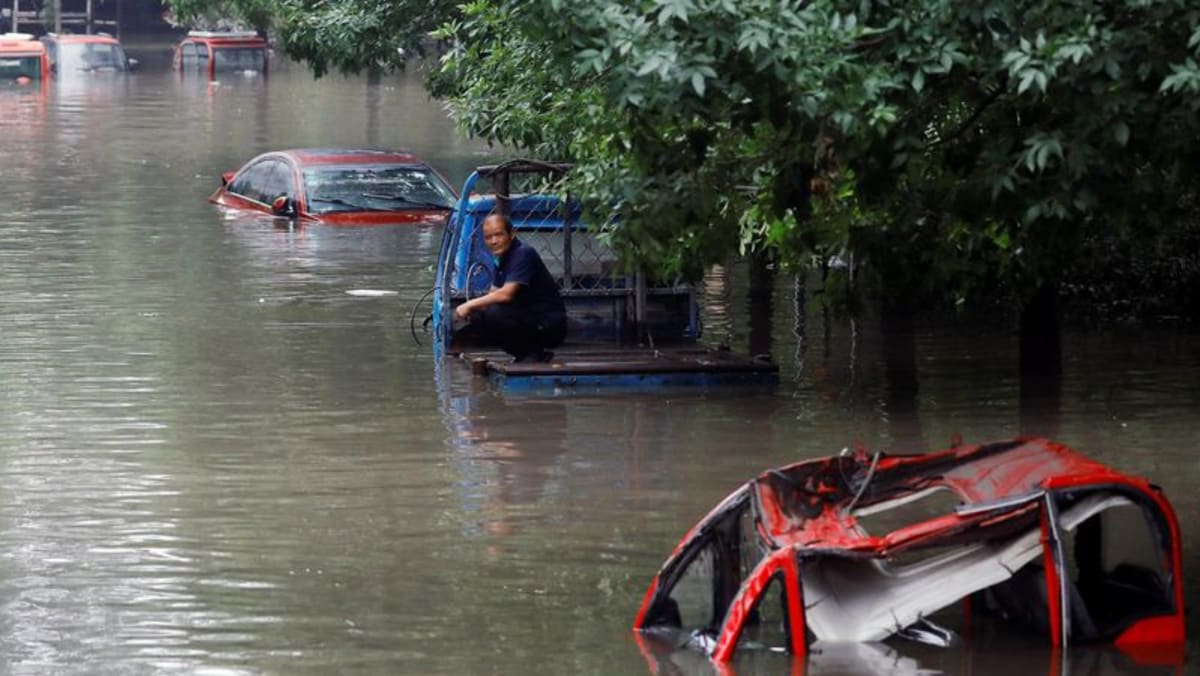Commentary: From freezing -53°C to scorching 52°C, how can China adapt to a new normal - China has suffered extreme weather events recently. This year it recorded lowest ever temperature of -53°C and also hottest ever at 52.2°C. Beijing endured over 35°C for 14 consecutive days, longest since records started in 1961. Typhoon Doksuri poured 744.8mm of rain in Beijing in 4 days, more than average annual rainfall of 644mm. It was heaviest rainfall in 140 years. At least 33 died and 18 still missing. In 2022, China suffered worst drought in 60 years, affecting 6.09 million ha of cropland. These extreme weather events are due Climate Change. President Xi, in 2020, pledged China will reach peak carbon by 2030 and become carbon neutral by 2060. While China’s dominance in #solar and #wind energy is well-known, what is not appreciated is hydropower is the dominant form of renewable energy, contributing to 16% of China’s electricity consumption in 2020, compared to 6% wind and 4% solar. Hydrodams can also help to alleviate adverse impacts of heavy floods and prolonged droughts. Using sensors, robots, big data and artificial intelligence the country has made tremendous advances in controlling heavy floods.
Taxonomy
- Drought
- Flood Management
- Climate Change
- Rainwater Harvesting
